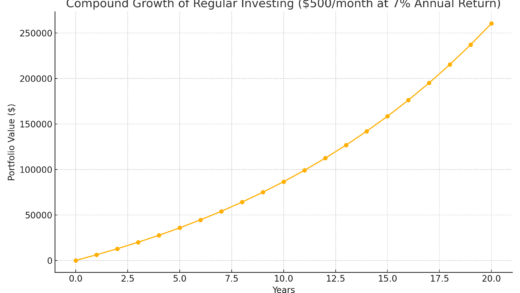How We Can Save the American Middle Class—Before It’s Too Late

The middle class in the United States has long symbolized economic stability and opportunity. But today, it’s facing a serious crisis.
From stagnant wages to soaring living costs, the shrinking middle class is no longer a future concern—it’s a present-day reality.
Is the American Middle Class Disappearing?
Yes. For decades, the middle class was the engine that powered the U.S. economy. People could earn a good living, buy homes, raise families, and save for retirement. But today, even with full-time jobs, many families are living paycheck to paycheck.
Key Reasons Behind the Middle Class Crisis in America
1. Wages Aren’t Keeping Up with Inflation
Middle-class wages have remained flat, even as the cost of living has skyrocketed. Housing, healthcare, education, and essentials cost significantly more, but paychecks haven’t caught up. This income stagnation is a core driver of the middle class decline.
2. Middle-Class Jobs Are Disappearing
Automation and outsourcing have replaced many traditional middle-class jobs in industries like manufacturing and retail. The new jobs—often in the gig or service sectors—tend to offer lower wages, fewer benefits, and little job security.
3. The Gig Economy Is Creating Financial Instability
Freelance and contract work is on the rise, but it comes at a cost. Gig workers rarely receive health insurance, paid leave, or retirement plans. These gaps make it hard to achieve or maintain a middle-class lifestyle.
4. The Cost of Living Is Skyrocketing
- Housing: Home prices and rents are outpacing wage growth, especially in high-demand cities.
- Healthcare: Even with insurance, out-of-pocket costs are burdening families.
- Education: College tuition has more than doubled in the past 30 years, saddling graduates with debt.
These rising costs are eating away at any financial progress middle-class families might make.
5. Growing Income Inequality
The wealth gap between the top 1% and everyone else has widened dramatically. As more wealth is concentrated at the top, fewer resources are available for middle-income earners, making upward mobility harder than ever.
How Much Should You Be Saving at Every Age?
Why the Shrinking Middle Class Matters
A healthy middle class fuels the U.S. economy. It drives consumer spending, supports small businesses, and sustains economic growth. When the middle class declines, everyone feels the impact.
The Real-World Effects of a Disappearing Middle Class
- Weaker economic growth due to lower spending power
- Increased political division and social tension
- Higher levels of debt and personal stress
- Limited opportunities for future generations
Pew Research Center report on the American middle class
How to Rebuild the Middle Class in America
Fixing the middle class crisis requires a mix of public policy changes, private sector reform, and community support. Here’s where to start:
1. Raise Wages and Support Workers
Increasing the minimum wage and enforcing fair labor practices can help workers earn a livable income. Strengthening unions and collective bargaining rights also gives employees more negotiating power.
2. Make Higher Education More Accessible
Affordable college and vocational training can open doors to better-paying jobs. Reducing student debt, expanding public college funding, and supporting trade schools are all effective strategies.
3. Expand Access to Affordable Housing
Zoning reform, public housing investment, and tax incentives for affordable developments can reduce housing costs for middle-income families, especially in urban areas.
4. Reduce Healthcare Costs
Reforms aimed at lowering premiums, prescription drug prices, and medical billing practices can free up more income for savings and investment.
5. Implement Fair Tax Policies
Tax systems should ensure that corporations and high earners pay their fair share. Closing loopholes and shifting tax benefits to middle- and lower-income groups can help balance the economic playing field.
What You Can Do to Help
Change starts at every level—from national elections to everyday conversations. Here’s how individuals can make a difference:
- Stay informed about economic and labor policy
- Vote for candidates who support the middle class
- Support local businesses and ethical employers
- Talk about these issues to raise awareness in your community
The shrinking middle class in America affects everyone—not just those feeling the financial pinch. It’s about whether the country remains a place where hard work leads to stability, security, and opportunity.
But there’s hope. With smart reforms and community support, the middle class can be rebuilt. And that’s good news not just for workers—but for the future of the entire economy.



